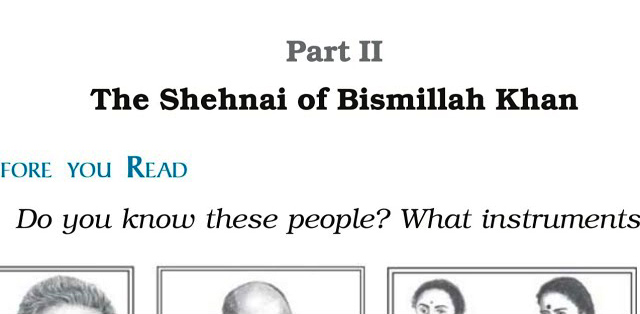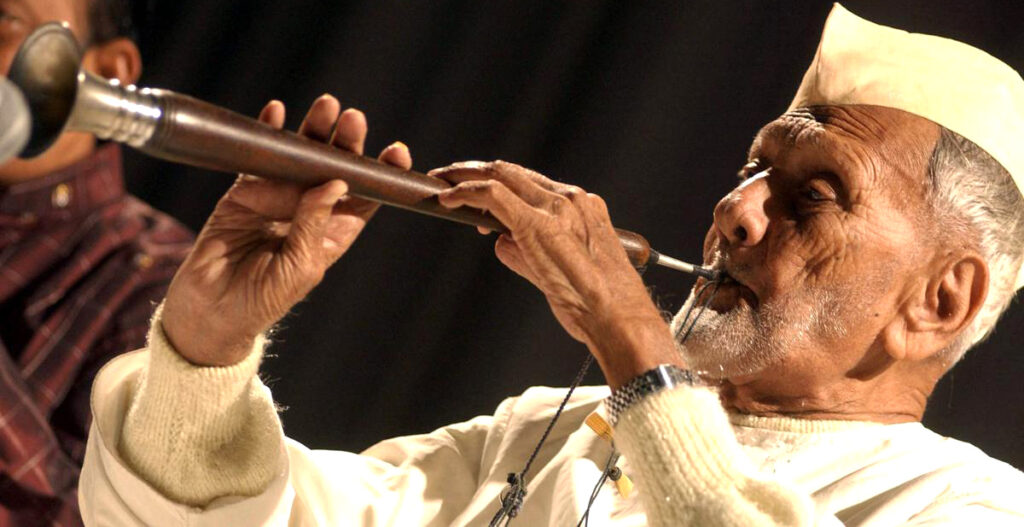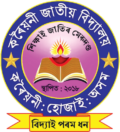

Summery
Ustad Bismillah Khan was the first person to bring the instrument called “shehnai” to the stage of classical music. The pungi instrument had a shrill noise and it was modified by the barber of Emperor Aurangzeb’s kingdom to make the Shehnai.
Bismillah, who was born into a family of royal musicians, learnt the Shehnai and started practice during his young age. He practised in temples in Bihar and the banks of the river Ganga and sought inspiration from the same. Bismillah got his big break when the All India Radio launched in Lucknow and soon he became famous. Bismillah was the first Indian to greet the nation with his music on 15th August 1947, where he played from the Red Fort to an audience that included Gandhiji and Nehruji. He also got a few film offers but soon he resigned as he did not like the artificiality of the industry.
He received National Awards like Bharat Ratna, the Padmashri, the Padma Bhushan and the Padma Vibhushan. He declined offers to go to the USA as he did not want to leave his motherland. Being a devout Muslim, hearing his shehnai music at the Kashi Vishwanath Temple is the best example of India’s rich cultural heritage.
OR
Bismillah Khan made a valuable contribution to the world of music through the ‘shehnai’. For this, he was honoured with India’s highest civilian honour – the Bharat Ratna in 2001. He hailed from a family of musicians. He improvised many new ragas with the shehnai and thus, placed it among other classical musical instruments. He won accolades on the international level too.
The Mughal Emperor Aurangzeb banned the playing of the pungi in his royal court. He disliked the sound and so, the pungi was termed to be a noisemaker. A barber tried to improve the pungi’s tone. He got a hollow stem, wider and longer than the pungi, made seven holes on it and blew into it, closing and opening the holes. It produced soft, melodious music. As this instrument had been developed by a barber called ‘nai’ in India and was played in the king’s court called ‘shah’, the instrument was named ‘shehnai’. The shehnai became a part of auspicious occasions. It was a part of the group of nine musical instruments that were played at the royal court.
Bismillah Khan was born at Dumraon, Bihar in 1916 into a family of musicians. His grandfather Rasool Bux Khan played the shehnai at the court of the king of Bhojpur. His father, Paigambar Bux and his paternal as well as maternal uncles were shehnai players. As a child, Bismillah Khan would visit the Bihariji temple to sing the Bhojpuri Chaita for which the king rewarded him with a laddu weighing 1.25kg. At the age of three, Bismillah Khan visited his maternal uncle, Ali Bux at Benaras. He saw him playing the shehnai and was fascinated by it. At the age of five, he started learning playing it. He would spend hours practicing, at the temple of Balaji and Mangala Maiya, by the banks of the holy river Ganga. The flowing waters of the river inspired him to improvise and Bismillah Khan invented ragas which were considered to be beyond the range of the shehnai.
At the age of fourteen, he performed at the Allahabad Music Conference and his talent was appreciated by Ustaad Faiyaz Khan. In 1938, he started performing from the Lucknow station of the All India Radio. The day India gained independence, on 15th August 1947, Bismillah Khan performed from the Red Fort and greeted the country through his shehnai. He recited raag kafi which was followed by Pandit Jawaharlal Nehru’s famous ‘Tryst with Destiny’ speech.
Bismillah Khan performed all around the world. His first foreign performance was in Afghanistan where the king was so impressed that he gifted him many souvenirs. Bismillah Khan composed music for two films – Hindi film titled – ‘Goonj Uthi Shehnai’ directed by Vijay Bhatt and Kannada film titled – ‘Sanadhi Apanna’ by Vikram Srinivas.
He was the first Indian to perform at the Lincoln Centre Hall in the United States of America. He also performed at Montreal, Cannes and Tokyo. In Teheran, an auditorium was named after him – Tahar Mosiquee Ustaad Bismillah Khan.
Ustaad Bismillah Khan said that music was India’s richest heritage and had to be taught to the children. Although he had travelled all over the world, he was attached to Dumraon and Benaras. Once a student asked him to set up a shehnai school in the USA and promised to recreate the temples of Benaras there. Bismillah Khan asked him whether he would transport the river Ganga also, as he was attached to it as well.
Bismillah Khan is a true example of a secular Indian as being a Muslim, he played the shehnai at the Kashi Vishwanath temple. For him music was above religious barriers.


